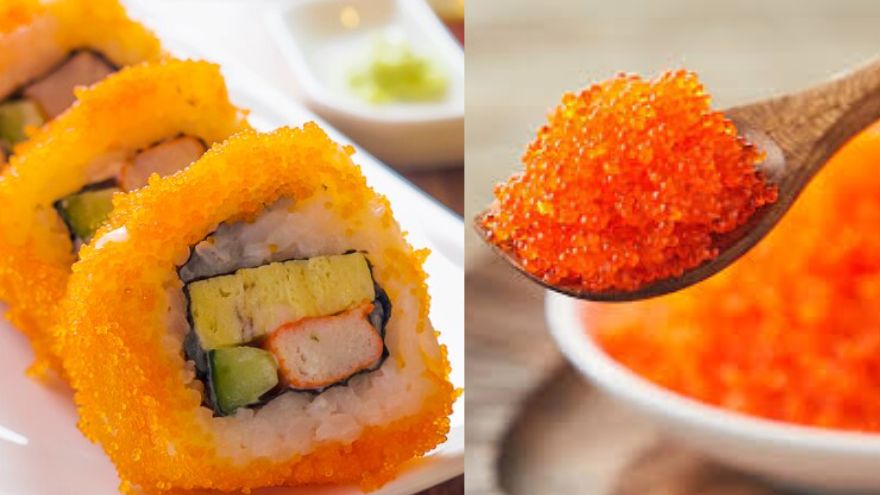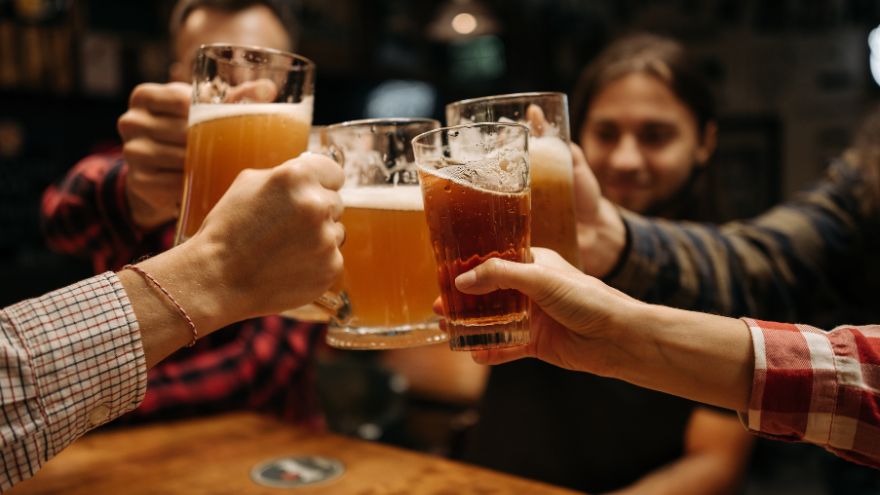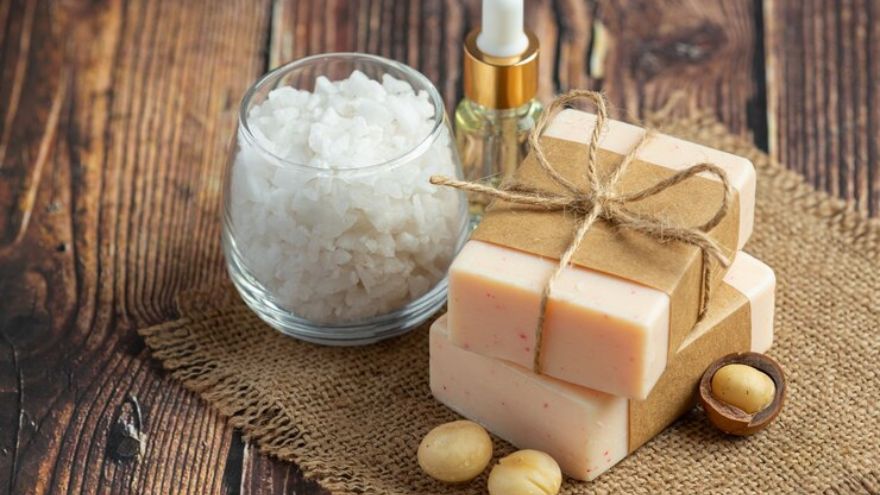
When it comes to seafood, there are many delicacies that take center stage, from fresh sashimi to luxurious caviar. Yet, one ingredient that often flies under the radar but is highly prized in Japanese cuisine is “masago”. If you're a sushi lover, you’ve probably encountered these bright orange pearls on your sushi rolls without even realizing what they were.
Masago, the roe (eggs) of the capelin fish, is a versatile and flavorful ingredient that adds texture, color, and a slightly briny taste to various dishes. This blog dives deep into what masago is, its nutritional benefits, how it’s used in cuisine, and answers frequently asked questions to clear up common misconceptions.
What is Masago?
Masago, also known as capelin roe, refers to the eggs of the capelin, a small forage fish that belongs to the smelt family. These tiny fish thrive in cold waters, particularly in the North Atlantic, Arctic, and Pacific Oceans. The roe harvested from these fish is typically processed and dyed to achieve the vibrant orange color we often see in sushi restaurants.
Though masago is smaller and less expensive than other types of fish roe, such as tobiko (flying fish roe) or ikura (salmon roe), it still packs a punch in terms of flavor. It’s slightly salty, with a subtle briny and umami flavor, and its crunchy texture makes it a popular topping for sushi and sashimi.
Nutritional Benefits of Masago
Despite its small size, masago is packed with nutrients. It is low in calories but rich in essential nutrients such as protein, healthy fats, vitamins, and minerals. Here’s a quick breakdown of its nutritional profile:
- Low in Calories: Masago is relatively low in calories, making it an excellent option for people looking to add flavor without contributing a significant amount of calories to their diet.
- High in Protein: Like other fish products, masago is high in protein, essential for muscle repair, immune function, and overall body maintenance.
- Omega-3 Fatty Acids: Masago contains omega-3 fatty acids, which are known to support heart health, reduce inflammation, and improve cognitive function.
- Vitamins and Minerals: It provides important vitamins like B12, which supports red blood cell production, and selenium, an antioxidant that helps protect cells from damage.
However, it’s also important to note that masago can be high in sodium, particularly if it’s been processed or seasoned. People who are monitoring their salt intake should be mindful when consuming masago.
How Masago is Used in Cuisine
In Japanese cuisine, masago is most commonly found as a topping for sushi rolls or served alongside sashimi. It’s often mixed with mayonnaise or spicy sauces to create spicy masago, which adds both heat and texture to dishes.
Beyond sushi, masago can be used in various ways:
1. Salads: Adding masago to seafood salads can enhance the dish's overall flavor profile, giving it an oceanic touch.
2. Dips: Masago can be mixed with cream cheese, mayonnaise, or other spreads to make savory, seafood-based dips.
3. Rice and noodles: It is sometimes used to garnish rice bowls or mixed into pasta dishes for an added salty bite.
4. Garnish: Because of its bright orange color, masago makes for a visually appealing garnish on a variety of dishes, including poke bowls, soups, and Japanese omelets (tamagoyaki).
Masago vs. Tobiko: What's the Difference?
One common question is how masago differs from tobiko, another popular type of fish roe used in Japanese cuisine. While both masago and tobiko are often used as garnishes for sushi and share a similar appearance, there are several key differences between them:
1. Size and Texture: Tobiko is generally larger than masago. Tobiko’s eggs are about 1 mm in diameter, whereas masago's eggs are much smaller. This difference in size also affects texture—tobiko has a more pronounced crunch when you bite into it.
2. Color: While both can be dyed various colors, tobiko tends to be a naturally brighter and more vibrant orange than masago, which can have a slightly duller hue.
3. Flavor: Tobiko has a milder, slightly sweeter flavor compared to masago’s more pronounced briny taste. Both can be flavored with ingredients like wasabi or yuzu to enhance their flavors.
4. Price: Tobiko is generally more expensive than masago due to its higher quality and larger size.
Conclusion
Masago may be tiny, but it’s a powerhouse of flavor and nutrients. Whether you enjoy it on sushi, in a salad, or as a topping on your favorite dish, this versatile ingredient can enhance the taste and visual appeal of many foods. Now that you know more about what masago is and how to use it, don’t hesitate to get creative and incorporate it into your cooking.
FAQs About Masago
Q. Is masago the same as caviar?
Ans. No, masago and caviar are different types of roe. Caviar typically refers to the roe from sturgeon fish, while masago comes from the capelin fish. Caviar is also considered a luxury item and is significantly more expensive than masago.
Q. Can you eat masago raw?
Ans. Yes, masago is safe to eat raw. It is often served raw as a garnish for sushi or sashimi. However, it is usually salted and may be pasteurized to extend its shelf life.
Q. Is masago vegan or vegetarian?
Ans. No, masago is not vegan or vegetarian because it is fish eggs. If you're looking for plant-based alternatives, some companies are now producing vegan "caviar" made from seaweed or other plant-derived ingredients.
Q. Is masago healthy?
Ans. Masago is generally considered a healthy food, thanks to its high protein content and presence of omega-3 fatty acids. However, because it can be high in sodium, it’s best to consume it in moderation, especially if you’re watching your salt intake.
Q. How is masago harvested?
Ans. Masago is harvested from female capelin fish when they are full of eggs. The roe is carefully extracted and then processed, which usually includes salting and sometimes dying to enhance its appearance.
Q. What does masago taste like?
Ans. Masago has a slightly salty and briny flavor with a hint of sweetness. Its texture is crunchy, which contrasts nicely with softer foods like sushi rice and fish.
Q. How should I store masago?
Ans. Masago should be kept in the refrigerator and consumed within a few days once opened. If it's unopened, you can store it in the freezer for several months.



